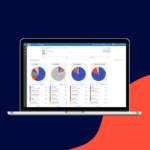About Ingram Barge
Ingram Barge has been a quality marine transporter on America’s inland waterways since 1946. In the beginning, Ingram Barge started as a small, family-owned business. Soon, the company has grown into the largest dry cargo carrier and one of the top chemical carriers on the river.
By now, Ingram Barge is a leading American carrier transporting dry and liquid commodities on over 4,500 miles of America’s inland waterways. Its fleet includes approximately 150 towboats ranging up to 10500HP and about 5,000 barges (hoppers and tanks).
By now, Ingram Barge is a leading American carrier transporting dry and liquid commodities on over 4,500 miles of America’s inland waterways. Its fleet includes approximately 150 towboats ranging up to 10500HP and about 5,000 barges (hoppers and tanks).
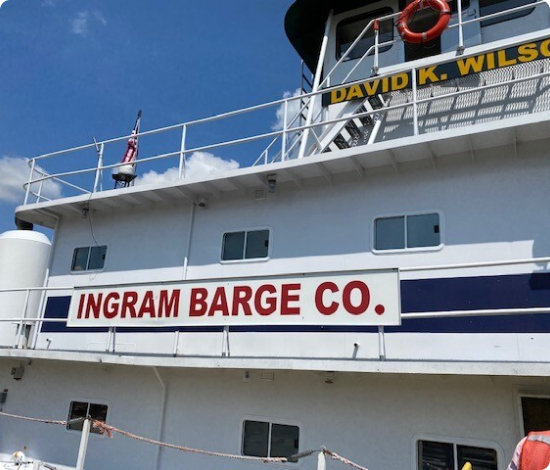
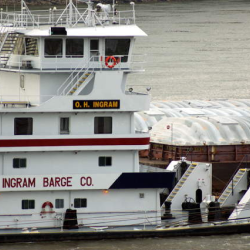
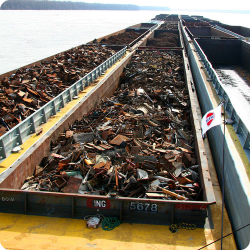
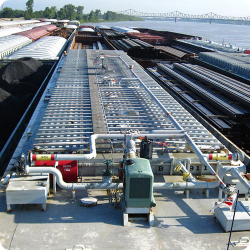
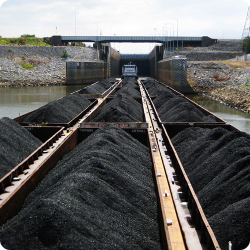
Business Challenge
Fleet managers have faced numerous issues over time because they managed 5000+ barges using spreadsheets, emails, legacy applications, and voice over the radio. Such an approach resulted in multiple coordination issues and inefficient spending on expensive resources like towboats and their crews.
- The client’s team maintained all the reporting concerning their barges and planned vessels’ routes in Excel spreadsheets, which was very ineffective for freight planning and visualization.
- Since the client mainly operates in inland waterways, there are a lot of places on rivers where the barges are loaded, unloaded, and moored.
- Freight brokers must plan routes, caravan order & composition, and loads effectively – from putting barges from docks to ports to attaching them to towboats and sailing to the freight’s final destination in port and to docks where barges will be stored until clients need to ship next freights.
- There are cases when several freight brokers simultaneously change data in spreadsheets, which causes data conflicts and wrong data input, resulting in poor load planning and no ability to track freight in real time.
- In addition, such an approach doesn’t allow working offline, which is essential for freight brokers to adequately track freight load.
Our Goals
The client needed help from IntelliSoft to create a custom fleet management and freight tracking web application that will visualize and manage barges in fleets on top of existing IT infrastructure.
They also needed help from experienced IT experts to create a project that would provide rich UI capabilities and real-time synchronization between clients, integrating external services and tools via a wide-ranging API.
Thus, we must maintain and improve a collaboration system that aims to manage large orders and tow traffic on the rivers.
They also needed help from experienced IT experts to create a project that would provide rich UI capabilities and real-time synchronization between clients, integrating external services and tools via a wide-ranging API.
Thus, we must maintain and improve a collaboration system that aims to manage large orders and tow traffic on the rivers.
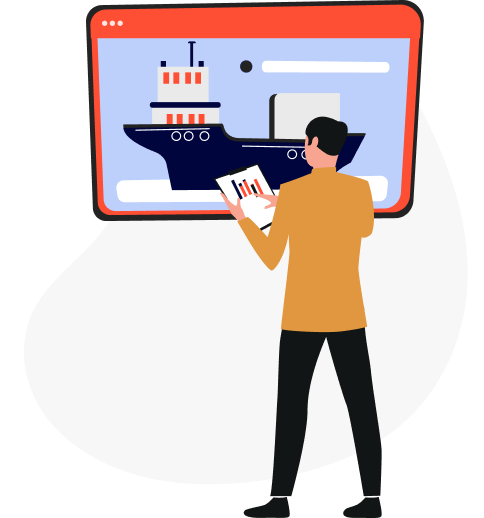
Our Solution – Web App for Freight Management
The IntelliSoft team developed a rich UI web application that includes visualization of barges’ location, allows planning their movements on the river, and enables collaboration between shore-side personnel and boat captains. We collaborated tightly with the customer’s team to seamlessly integrate this app into their existing infrastructure and provide end users with an efficient tool they use daily.
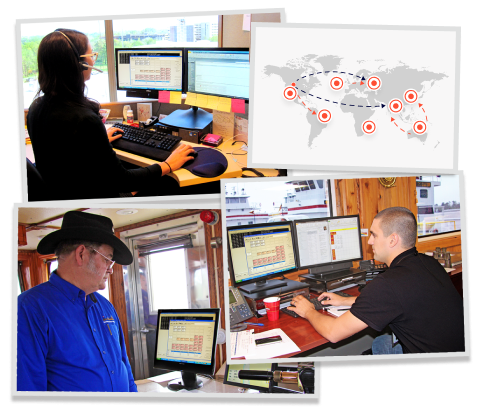
What We Did
IntelliSoft team developed a web application that included the following functionality:
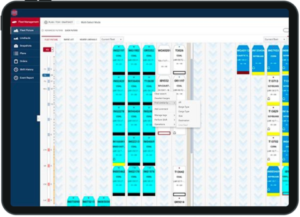
Fleet management dashboard
Fleet managers received a dashboard that included visualizations of every component needed to perform their tasks and successfully plan freight tracking – visualization of rivers and their maps, docks with free barges, towboats, and waterways locations. All those elements can be added by drag-and-prop to the road planning dashboard.
Time tracking
This feature allows freight brokers to estimate the delivery time, know how long the shipping will take, and predict when barges will be ready for the new freight.
Offline mode
When the freight broker is on the river without the internet, one can still make road planning updates and track the particular freight’s location, which will be updated to the overall system once the connection with the internet appears. We integrated the feature by leveraging the combination of cashing and queueing.
SignalR integration
We integrated the algorithm that solves offline data synchronization conflict leveraging SignalR, a free, open-source software library for Microsoft ASP.NET that allows server code to send asynchronous notifications to client-side web applications. The library includes server-side and client-side JavaScript components. Once the user inputs new data to the application, the app sends data to the server; the client’s side is connected to the server and updates that data the user deceives, while all the user actions are stored on the database on local storage
Updates feed
We integrated a chat-like update feed that shows all current changes in freight, including other user activities and freight updates.
Filters
We were also responsible for developing and integrating filter functionality to allow users to sort different types of information and help find the information they need most effectively.

Duration: 8 months
Tech Stack
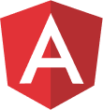
Angular for Front-end

SignalR
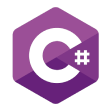
C# for Back-end
Team Composition
Front-end developers
x4
Back-End Developers
x2
QA engineer
Business Analyst
Project Manager
Need help from IT specialists for your logistics company? We can suggest and integrate a SaaS solution or create a fleet management app from the ground up to meet your unique needs and wants.


